What are web applications? They are advanced business software solutions that function like a program run in a browser, without requiring installation on a hard drive. In recent years, web applications have gained significant popularity, becoming the market standard and effectively displacing traditional systems installed on user computers (desktop type). Thanks to their flexible architecture, dedicated web solutions eliminate distribution issues, offering secure data access from anywhere in the world.
As an experienced Software House, we have focused on web application development since the very beginning of our operations. We design systems running on high-performance servers with user interfaces accessible via the web. Web applications utilize technologies (e.g., Java, PHP, JavaScript, HTML, CSS) that we select on an individual basis. Our experience encompasses both dedicated applications for small businesses and simple websites, as well as advanced enterprise-class applications (e.g., those integrating with CRM systems). This ensures that our applications are perfectly tailored to your needs.
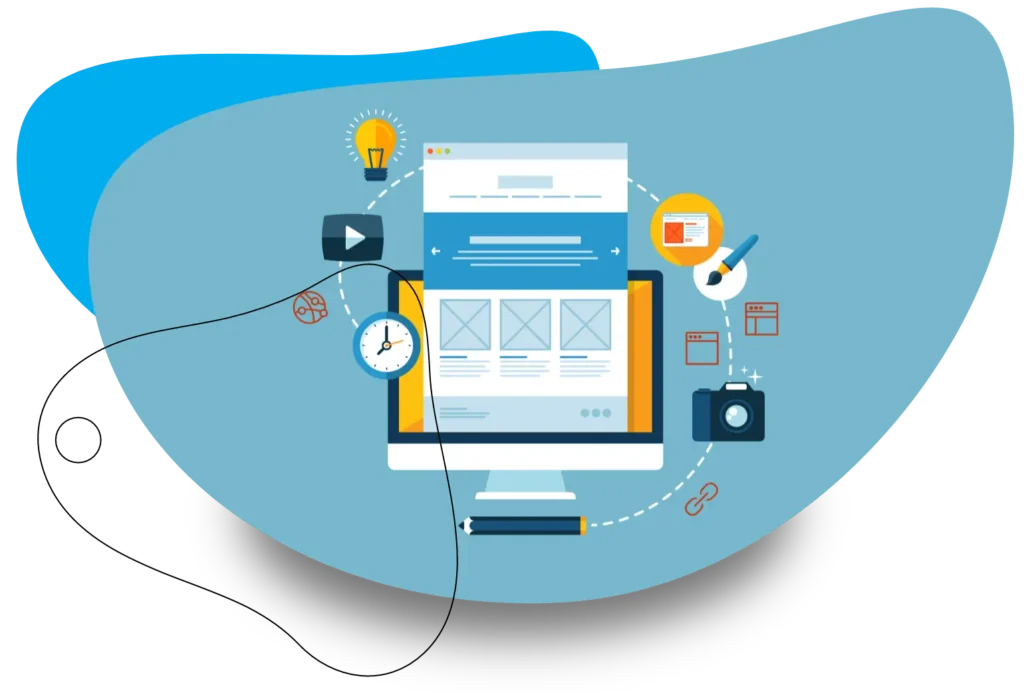
If you do not have a specific concept, we analyze your business processes and individual needs. Together, we define what functionalities your future web application should possess. If you already have a specification, we proceed to requirements analysis to ensure the application development runs smoothly.
We create an architecture adapted for implementation in your company. We design the user interface (UI) and take care of UX to ensure the application is interactive. We base the entire development process (utilizing technologies such as Java, PHP, or JavaScript) on the Agile methodology. Web applications created this way are regularly tested. The finished web application is launched on a server.
We offer support and updates for web applications. Web applications can be easily expanded with new functionalities and integrated with other systems. We constantly monitor performance, ensuring that the application can process data quickly.
The question of the difference between a web application and a website often arises. A standard website is usually a static business card. A website is a collection of documents, whereas a modern web application serves to execute business tasks. Web applications offer advanced interactivity. In turn, web applications function like computer programs. Therefore, the main difference between a web application and a website lies in their purpose.
A web application allows users to work from anywhere. The user interface accessible via a web browser ensures immediate availability. A web application enabling remote work is a necessity today.
Unlike desktop applications, you do not need to install anything on the end device. The software runs on the server side. Updates take place centrally, which drastically reduces costs. Dedicated web applications save IT time.
In the case of web applications, a computer failure does not mean data loss, as it is secure on the server. A web application will increase the security of your business through central backups.
The web application is available regardless of the operating system (Windows, Linux, macOS). The web application also functions as a mobile application (thanks to RWD) or in the form of solutions such as Progressive Web Apps (PWA), which can operate offline. All you need is internet access and a browser.
Types of web applications vary, but all advanced web applications utilize a modern tech stack. Web applications provide speed and scalability. The advantages of web applications also include easy API integration.
Our specialists can support your project team. In this model, billing is based on the time worked by our specialists during a given period. We can limit or increase this time depending on your needs.
Upon receiving the project specification, we determine the exact timeline and cost of the project in advance, based on the number of tasks to be performed and the workload required to complete the order. We begin work only after your acceptance.
Thanks to our experience, we are able to quickly build a cohesive, strong development team to execute your projects. In this model, we take over the risks associated with human resources management.
We are open to any other forms of cooperation proposed by our Clients. We can freely combine and modify billing models during the course of the collaboration.
Polityka Insight is operations since 2013 as an analytical center created by the Publisher of ‘Polityka’ weekly magazine.
The core project of Polityka Insight was entirely technologically designed by Vavatech and reaches a broad audience daily, primarily consisting of politicians, diplomats, and managers. The essence of the service we developed is not only a convenient tool for generating and presenting analyses but also an intuitive and user-friendly management system for client databases and their individual needs.
The application is designed to integrate with external systems (including iOS and Android mobile apps, Highrise, Mailchimp, etc.). As part of this collaboration, we have created, developed, and maintain the Content Management System (CMS) and the platform www.politykainsight.pl. Technologies used: Java 8, Spring, Hibernate, Lucene, Velocity, JSP, MySQL.
We have been collaborating with Wydawnictwo Polityka since 2010. We developed a comprehensive CMS system for the entire editorial team along with the full www.polityka.pl platform. Currently, we maintain and enhance the developed solutions. The system manages, among other things, payment systems, user data collection, analysis and management, as well as the publishing of content and issues of Polityka. Technologies used: Java, Spring, Hibernate, JSP, Apache Tomcat, MySQL.
In 2021, we developed a Content Management System (CMS) along with a completely new version of the platform www.zwierciadlo.pl, including a comprehensive data migration from the previous site. We continue to maintain and enhance the platform with new functionalities. Technologies used: Java 8, Spring, Hibernate, Lucene, Velocity, JSP, MySQL.
We developed the planned outages portal for Stoen Operator, accessible at https://awaria.stoen.pl/public. We are currently responsible for its development and maintenance. Technologies used: Java.
For Stoen Operator, we maintain and develop the mTask system, which is used for managing tasks for field teams and collecting data on the technical condition of the network. Technologies used: Java, Spring, Angular, PostgreSQL.
We developed the platform www.reskilling.pte.bydgoszcz.pl for the Polish Economic Society. The platform is designed to support the reskilling process for staff of small enterprises in the caregiving and rehabilitation services sector, aiming to enhance operational efficiency by preparing the workforce for changes resulting from the emergence of new technologies and automation. Technologies used: Java, MySQL, Spring, Hibernate, React Native.
We designed and developed an innovative tool for digitizing the step-by-step process of collecting and recognizing achievements within the Integrated Qualifications System, handling the project design, graphics, and programming aspects. We then continued to develop and maintain the system, which is available at www.odznakaplus.ibe.edu.pl. Technologies used: Java, Spring, PostgreSQL, Vue.js.
We are expanding and maintaining the www.monitoringptakow.gios.gov.pl system in two language versions. Currently, we are working on creating a new, refreshed version of the portal. The system is used for monitoring birds in Poland and abroad. It collects data on specific species, aggregates it, and enables its analysis. Technologies used: Java, Spring, Hibernate, JSP, JavaScript, Angular.
We developed the System of Methodological Instruments to store a knowledge base of available methodological instruments, featuring extensive search and filtering capabilities, and accessible to the public. The platform is available at www.sim.zhp.pl. Technologies used: Java, Hibernate, Spring, Postgres, Vue, Docker.
We maintain and develop the Electronic Permit Control (EKZ) System for the General Inspectorate of Road Transport. EKZ is software that supports the International Transport Office in monitoring the use of permits issued by the minister responsible for transport, and is aimed at regulatory agencies. Technologies used: Java, SQL Server Express.
We designed, developed, and implemented an internal room management system for the Medical Simulation Center at UMB. This system allows users to view the schedule for any room within a selected time frame on the website, as well as reserve time slots and rooms for classes and other events at the university, complete with a reporting module. Technologies used: Java, Spring, PostgreSQL, Vue.js.
We conducted a pre-implementation analysis, developed, and delivered an application called the Sports Activity Search Engine. The portal is available at www.aktywujsiewgdansku.pl. Technologies used: Java, Spring, PostgreSQL, Vue.js.
We expanded the functionality of the Open Archiving System (OSA) by adding new features, including adapting the OSA editor panel to send files to a transcription and OCR service via API and receive files with text layers. Additionally, we conducted a UX analysis. Technologies used: Java 8, Spring Boot 2, Hibernate,i Git, Jenkins, Maven, Flyway, JUnit, Lombok, Testcontainers, Postgresql 10, Elasticsearch 5.6.16, REST API, JavaScript, Ember.js, React.js.
We developed the RAMPA information system as a web application for the Federation of Polish Food Banks, functioning as a mini food donation marketplace. The system supports our Client’s employees in organizing food collections throughout Poland. We are currently maintaining and enhancing RAMPA. Technologies used: Java, Spring, PostgreSQL, Vue.js.
We are the developers of software integrating the financial and accounting department with the Stud Book Department and the Breeding and Racing Department at the Polish Horse Racing Club. This tool facilitates data exchange among the various subsystems that make up the “HOMAS” system and supports electronic payments within the Polish Horse Racing Club. Technologies used: Java, JavaEE, Spring, Hibernate, JSF, PrimeFaces, Vue.

We created, maintain, and develop the web application “Patroni,” which supports the work of mentors. Our application is designed to consolidate all information about mentors and their mentees in one place. We integrate with other systems to present up-to-date data on tram drivers, work schedules, and information on absences. Additionally, the application allows users to quickly review reports and complaints submitted about their mentees. Technologies used: Java, Spring, JSF, Hibernate, JQuery, Microsoft Azure.
We provide maintenance, technical support, and development services for the Delfin system, which supports the work of the Voluntary Labour Corps (OHP) – an organization that offers youth the opportunity to gain professional qualifications. The system facilitates the management of contracts between employers hiring young workers and the OHP, as well as the distribution of granted refunds to collaborating companies. Technologies used: Java, JSP, Apache Tomcat, MSSQL.
We provide maintenance, technical support, modification, and oversight of the Youth Employment Agency (MBP) computer system. The MBP portal allows employers to post job advertisements – both permanent and temporary—for individuals aged 15-25. Technologies used: PHP, Symfony, PostgreSQL.

We provide analysis, development, implementation, maintenance, and enhancement services for a custom internal information system designed to manage concert tours. Technologies used: JavaEE, JSF, Hibernate, Spring, MySQL, WildFly.
We maintain and ensure the proper functioning of the system, as well as carry out development work, modifications, and updates for Wykaz2, available at www.wykaz.ekoportal.pl. Wykaz2 is a web application that provides a publicly accessible registry of documents containing information on the environment and its protection, and offers support. Technologies used: Java 6, jboss, Oracle DB, JSF, Ant, RedHat.

We maintain and develop the internal System for Work Valuation (SWR) for PKP Polish Railway Lines. SWR is an internal system used by the client for the valuation of construction work. Technologies used: Java 8, Tomcat 8, MS SQL Server 2017, Google Web Toolkit 2.7, Maven, Spring, JUnit 4.
We provide technical support and modifications for the portals used by the National Support Center for Agriculture, including the public website, intranet, and Public Information Bulletin. Technologies used: PHP, Laravel, PostgreSQL.
We developed, tested, and implemented an information system in the form of a web application for the Ministry of Foreign Affairs. This system facilitates the submission and evaluation of applications for grant competitions, supports monitoring ongoing projects, and manages the settlement of completed projects. Technologies used: Java, Spring, Spring Boot, Hibernate, PostgreSQL, JavaScript, Vue.
We created, developed, and maintain the system for reporting statistics on development cooperation for the Ministry of Foreign Affairs, available at www.oda-dane.msz.gov.pl. Technologies used: Java, WildFly, PrimeFaces, Hibernate, Spring, VUE, MySQL.

We developed and implemented internal software for the digitization and archiving of source documents related to public property records for the City Hall of Radom. Technologies used: Java, WildFly, PrimeFaces, Hibernate, Spring, PostgreSQL.
We provide support and development services for the Grant and Scholarship Management System of the National Centre for Culture. The SOP system allows for the submission of funding applications and management of funded projects. It facilitates comprehensive document management and information exchange between beneficiaries and the NCK, as the managing institution for grant and scholarship programs. Technologies used: PHP, Yii2.
The Local Information System (LSI2014EFS) is an IT tool designed to support the process of applying for funds from the Regional Operational Program of the Lubelskie Voivodeship. As part of the contract, our company deals with both the modification and expansion of the operating system in accordance with the needs of the Ordering Party, ensuring the correct operation of the system by eliminating all errors and failures, as well as the technical support service, including in particular support not only for the Ordering Party, but also for end users of the system through dedicated communication channels. Technologies used: MS SQL, IIS (Internet Information Services), .NET, C#, Bootstrap, jQuery.
Internal system used by Main Inspectorate of Plant Health and Seed Inspection.The system is a complete solution, supporting the institution in carrying out tasks for which it is responsible (phytosanitary controls, issuing plant passport, rotation of seed). Moreover, the system supports the work of the Laboratory in PIORIN. Used technologies: JavaEE, IBM WebSphere, JSP, Oracle DB, LDAP, Hibernate, Struts, Java applet.
We provide technical support and perform additional tasks involving the modification of existing functions or the development of new functionalities for the SZUST software. This system is used for managing users of the IT system at the City Hall of Łódź.
As part of the cooperation, we provide services in the field of the development of the BASiW web platform application and database infrastructure which is the main source of data placed on the platform for the needs of the Departitykament of Analysis and Strategy of the Ministry of Health. The BASiW system contains maps of health needs, which are documents defining the specificity of health needs in a given region and supporting the decision-making process regarding the allocation of investment funds in the health care sector. Technologies used: HighCharts, HighMaps, d3js, Java, JavaScript, html, MySQL, SQL, Shiny
System that allows citizens to check who, aside from politicians, affects the Polish law.
Jawny Lobbing is an open IT system build on public data, developed in collaboration with Future Mind – the company responsible for front-end. Vavatech has created and maintains a database, administration panel and API. Used technologies: Java, JavaEE, Spring, Hibernate, JSF, PrimeFaces, WildFly, PostgreSQL
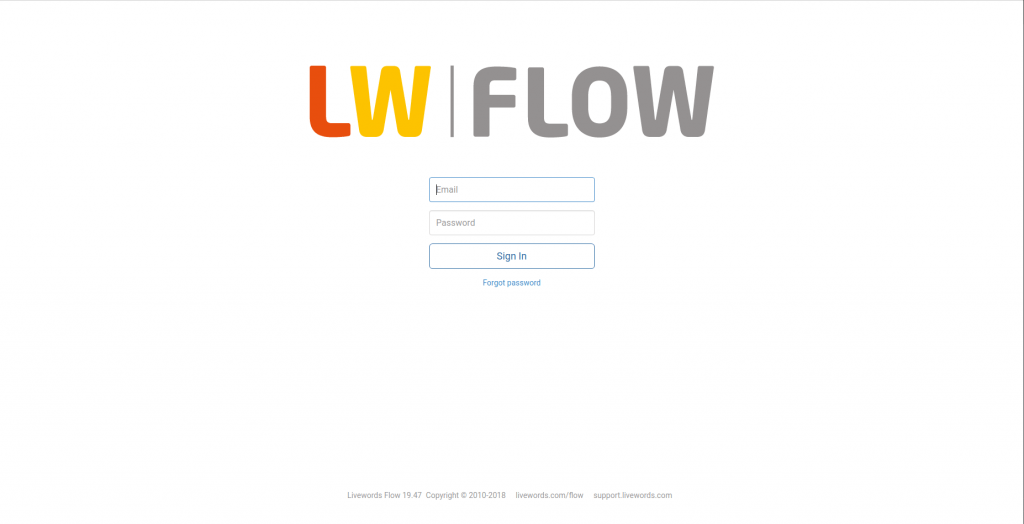
Application that allows making value-based translations continuous and effortless in any language.
Livewords Flow is a translation platform where native speakers translate documents on an ongoing basis. The application offers a number of functionalities that facilitate and accelerate the work of translators. The tool allows you to integrate with virtually any application available on the web. The application has been developed and maintained for a Dutch client since 2018. Used technologies: Java, JavaEE, Elastic Search, Spring Boot, Backbone.js, AWS (S3, RDS, ECS, CloudWatch, Lambda), Hibernate.
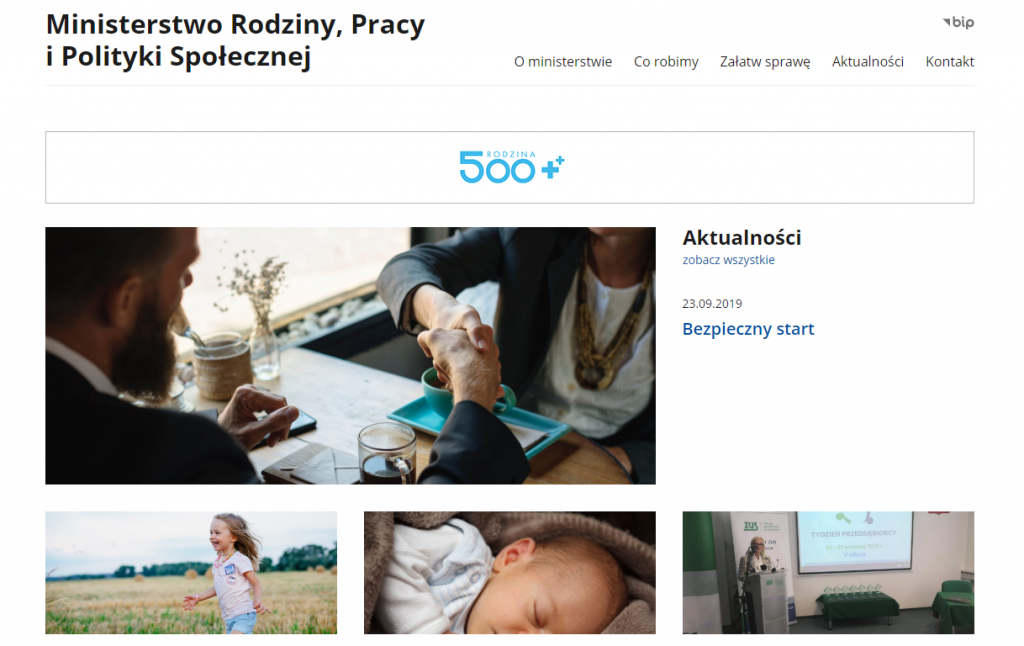
SOWA (Application Handling System): System designed for handling payments of employee benefits realized by Voivodeship Labour Offices (public sector).
After winning public tender, we started overseeing proper functioning of the system. Vavatech implemented modernisation work, therefore the platform has constantly been improved and enriched with new functionalities. Technologies used: C#, .NET, ASP.NET MVC.
System for keeping records of the company’s hardware. An user-friendly application built in SaaS architecture, helping businesses to keep records of their computer hardware. It works on a subscription basis and is available to new customers on our website. Used technologies: Java, Spring, Hibernate, JSF, PrimeFaces.
An electronic system designed to settle subsidies for the students self-government of the University of Warsaw
Vavatech created a dedicated system – CERBER, that has improved the document workflow connected with funding students initiatives. Implemented software has successfully organized, simplified and enhanced the work of self-government. Our client, which is the largest university in Poland, with more than 44 000 students and over 20 fields of study, has a significant meaning to Vavatech, because majority or our team comes from the IT department of University of Warsaw. Technologies used: Java, Spring, Hibernate, JSF, PrimeFaces.
Electronic system for the transposition of European Law.
Vavatech maintains and develops software for the Ministry of Foreign Affairs. System includes processing data about all new European Union’s legal acts. It contains ways and dates of their transposition to Polish civic system and provides public access to chosen information through databases. Used technologies: Java, JBoss, MySQL.
Search engine to look up the cases of financial help given to private companies
Office of Competition and Consumer Protection collects data about all cases of help given to any beneficiary. Gathered data should be publicly available to all citizens with an easily accessible interface. For the purpose of the task above, Vavatech created a tailored-made system SUDOP. The software was created after winning the public tender. The main part of the system is a complex, multi-criteria search tool. The biggest challenge in the project was the amount of data – system works efficiently with the database containing more than 15 000 000 of records, with a constant growth of 2 000 new records every day. This software runs steadily to this day. Technologies used: Java 8, JSF, MySQL, Hibrenate, Wildfly, Spring, PrimeFaces.
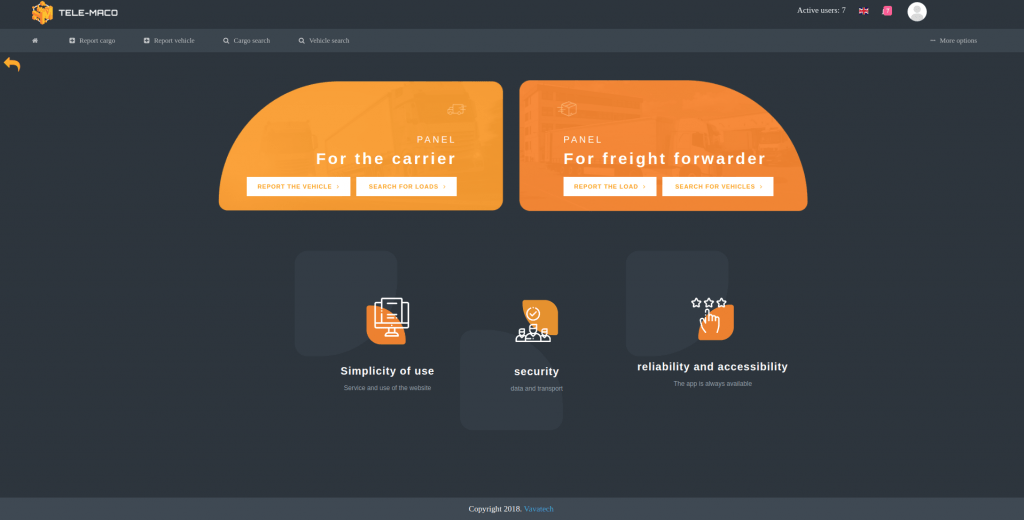
Telemaco is not only an IT system dedicated for logistic and shipping companies, but also for those who need to transport a cargo on specified route. Service is aimed at users in whole Europe and works in 13 languages. Used technologies: Java, JavaEE, WildFly, PostgreSQL
Providing technical assistance services for the ‘Ławnicy’ IT system supporting the election of lay judges to district and district courts in 2023. Technologies used: Java.
Our long-term partnership with Wydawnictwo Polityka is based on continuous technological development. As an IT partner, we are responsible for the digital transformation of one of the largest opinion publishers in Poland. We have created and continue to develop key digital products: the Polityka.pl portal and the Polityka Insight analytical center. Our goal was to deliver stable, scalable web solutions capable of handling massive traffic and ensuring intuitive content management.
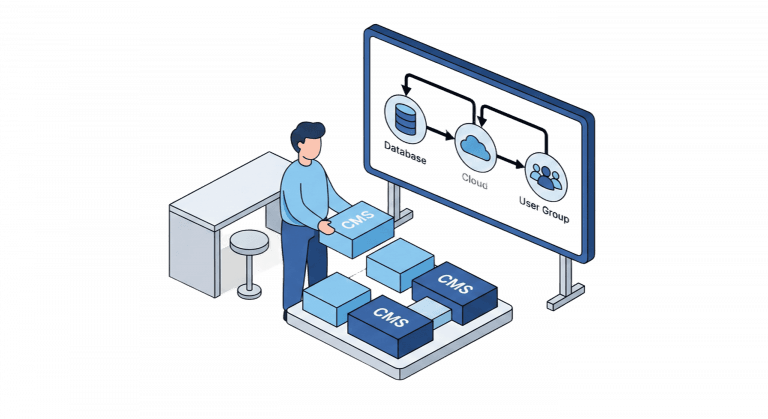
1
Polityka.pl: The Client needed a comprehensive CMS system for the entire editorial staff that would handle payment systems, subscriptions, and the publication of digital editions for a mass audience.
2
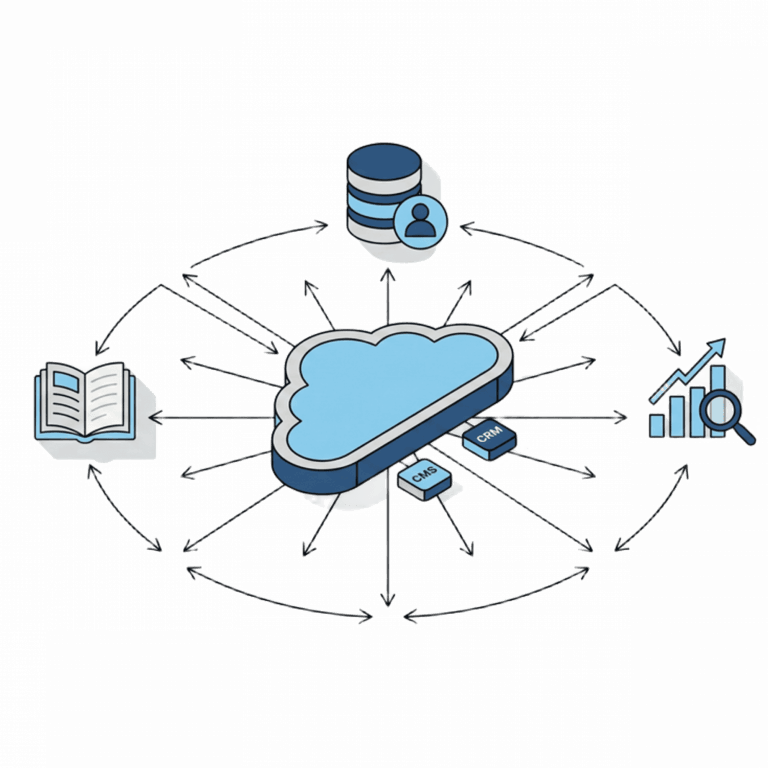
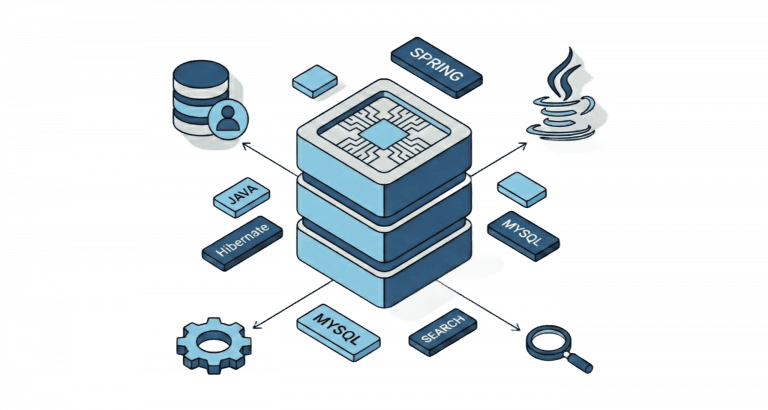
3
In both projects, we relied on a dependable technology stack designed to guarantee server-side performance. We utilized technologies such as: Java (including Java 8), Spring, Hibernate, MySQL, Apache Tomcat, as well as advanced search and templating engines (Lucene, Velocity).
4
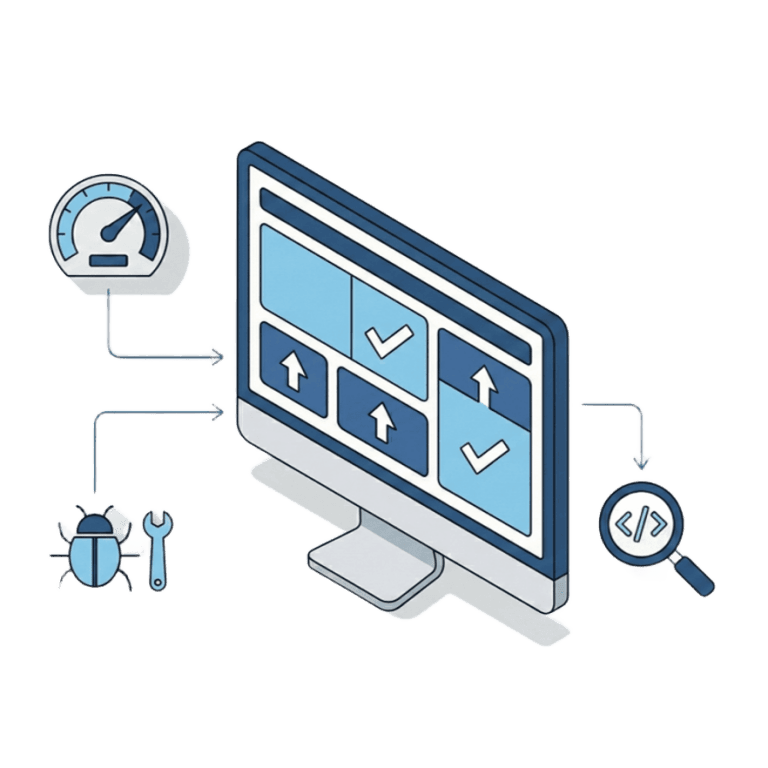
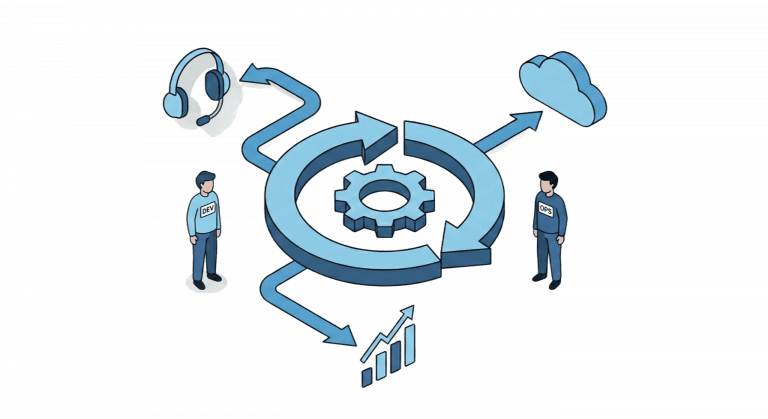
5
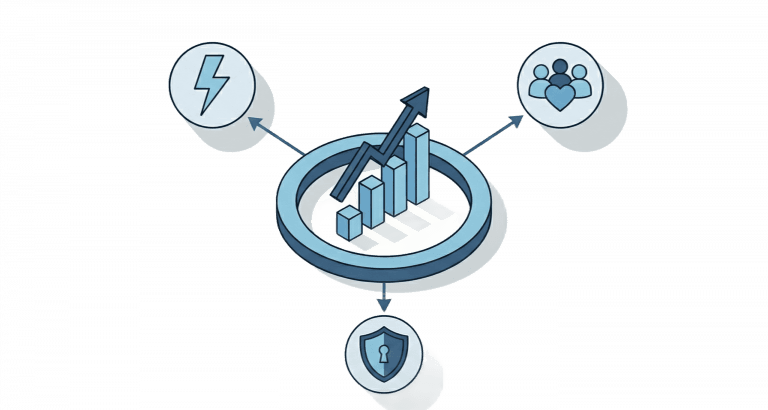
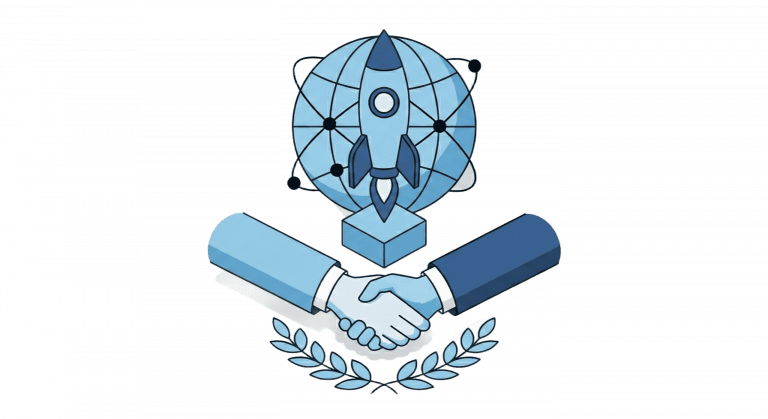
The project for Wydawnictwo Polityka is proof that an advanced web application can be the heart of a modern media business. From a portal for millions of users to specialized analytical tools for diplomats – as a Software House, we deliver technologies that tangibly support the growth of our Clients, including the service www.polityka.pl.
We create, develop, and maintain web systems for small, medium, and large companies. Web applications have been our specialty since the beginning of our operations. We have extensive experience in various industries, which allows us to adapt to your needs.
We have created mobile applications for iOS and Android that have achieved real success. Check out how our app for Polityka weekly magazine and many others are developing.
For many years, we have been creating, maintaining, developing, and providing hosting for websites for private companies and public institutions. We design graphic projects, adapt websites to WCAG standards, and implement sites tailored to your needs.
We provide top specialists with higher education and extensive experience. We work in time & material, fixed price, dedicated team, or custom models.
We have extensive experience in conducting training for individual clients, companies, and public institutions. We work with top trainers who have high qualifications and excellent reviews. Check out our training offer!